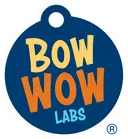
Choking: the hazard no one is talking about!
Dog Choking Hazards
Each year, in the United States alone, over 200,000 dogs are raced to local vet offices or emergency facilities for treatment of something that could have easily been prevented. This astonishing statistic is surprisingly easy to avoid and it is why Bow Wow Labs is on a mission to ensure that awareness and education are spread to all pet parents. But what is the hazard you ask? Choking.
Choking affects an astounding amount of pets and costs pet parents millions of dollars each year, and this doesn’t take into consideration the steep emotional toll these events have on pet owners and veterinary professionals. Bow Wow Labs, a company founded on the innovative safety device, the Bow Wow Buddy, is on a mission to increase awareness and spread education to all pet parents including the numerous choking hazards most of us have around our homes and don’t even know it.
We’re taking the initiative to start calling attention to this common hazard and sharing facts: by understanding the risks and implementing preventative measures, we can significantly reduce the chances of choking incidents with the goal of bringing that number down to zero.

Pets are beloved family members, let’s work together to protect them from choking hazards around our home!
Understanding the Risks:
Just like humans, pets are vulnerable to choking hazards. As responsible pet owners, it's essential to be aware of the potential risks and take appropriate measures to protect our four-legged family members. Here are some common items that can pose choking hazards to pets:
• Small Toys and Objects:
Objects such as small balls, marbles, buttons, or even coins can be attractive to pets but present a significant choking risk. Ensure that these items are kept securely out of reach. This is especially important in multi-species households–if your dog loves your small cat toys–aim for a different variety and size.
• Food and Treats:
Certain types of food, including treats, can become lodged in a pet's throat–especially if tossed to your dog or with those dogs that don’t chew . Examples include pieces of cut carrots, radishes, popcorn, uncooked cut sweet potatoes, the last bit of chews and more. Be sure to always supervise your pet while they are enjoying treats and chews, and choose appropriate sizes and textures that are easy to chew and swallow.
• Bully Sticks and Long-Term Chews:
While bully sticks, cheese chews, collagen sticks and other long-term chews are popular choices for pets, they can also pose a choking risk if not properly managed. As these treats become smaller with chewing, the remaining end pieces can become hazardous. It's important to ensure that your pet cannot access these smaller fragments to prevent choking incidents. Always use a safety device like the Bow Wow Buddy to prevent this from occurring.
• Household Items:
Many items found around the house, such as rubber bands, hair ties, strings, or small parts from children's toys, can be potential choking hazards. Regularly inspect your living areas to ensure these items are safely stored away.

In multi-species households, a safe toy for one pet might be hazardous to others. Aim for variety and larger sizes to suit all your household pets!
Preventing Pet Choking
While accidents can happen, being proactive can significantly reduce the risk of choking incidents. Here are some preventative measures you can take:
When your pet is playing or enjoying treats, make sure you are present and able to intervene if necessary. This level of supervision can help prevent potential choking incidents.
Choose toys and treats that are appropriate for your pet's size and breed. If your dog loves to play with balls–make sure the size of the ball is wider than the size of your pup’s mouth!
Consider using treat-dispensing toys that encourage slower, controlled chewing. These toys are designed to prolong the enjoyment while minimizing the risk of choking.
If you give your pet bones or other long-lasting chews, make sure to monitor their progress and remove any small or potentially hazardous pieces as they chew.
Do you have a dog that inhales their treats without chewing? Be sure to choose appropriate size treats that won’t block their airway if swallowed the wrong way.
Enroll in a pet CPR and first aid training course to equip yourself with essential skills and knowledge in case of emergencies. These courses are valuable resources that can make a significant difference when every second counts. Search for Red Cross Pet CPR courses in your area here.
Learn more about ways to prevent pet choking at home here.

A ball wider than a dog’s mouth is an easy way to determine safe sizing.
At Bow Wow Labs, we have always prioritized the safety and well-being of our beloved canine companions. That's why we are proud to champion National Pet Choking Prevention Day on June 22nd–this important initiative is aimed at raising awareness about the potential dangers of choking and providing valuable information on how to prevent such incidents from ever occurring.
Remember to visit www.nationalpetchokingpreventionday.com for additional information and resources that can help you keep your pet safe. Let's join together on June 22nd to spread awareness and create a safer environment for our beloved companions.
Together, we can make a difference and ensure that every day is a safe and joyful day for our pets.
Be Well with BWL.
The points of view expressed above are those of our clinical pet nutritionist and supported by science, her education and experience. However, we recognize there may be different points of view or opinions on some aspect or even the premise of this article. Our goal at Bow Wow Labs is to provide the best, clearest, and most helpful information possible to help keep your dog happy, healthy and safe.
This article is for informational purposes only. It is not, nor is it intended to be, a substitute for professional medical or veterinary advice, diagnosis, or treatment and should never be relied upon or perceived as specific medical or veterinary advice.
Related Articles
Follow us @BowWowLabs
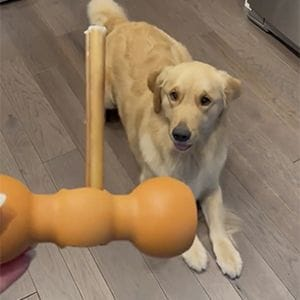
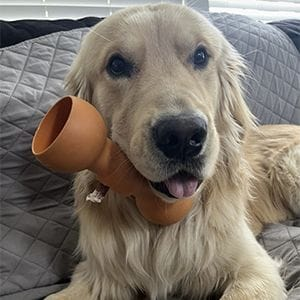
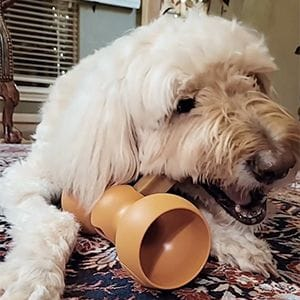

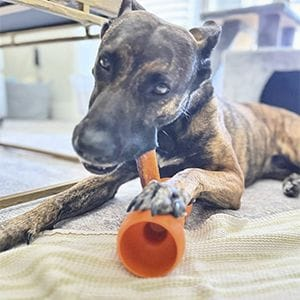
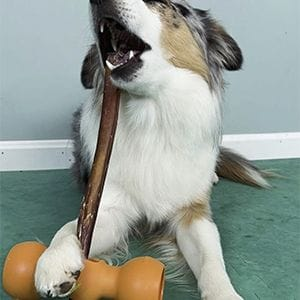
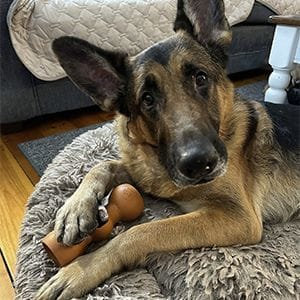
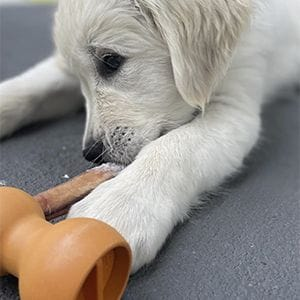

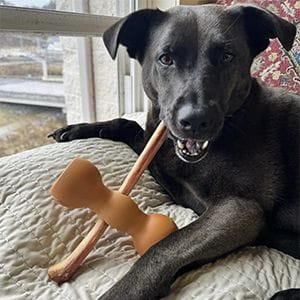
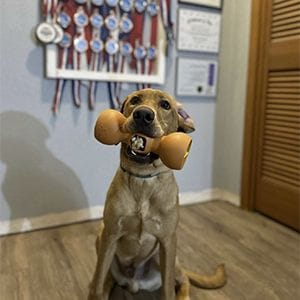

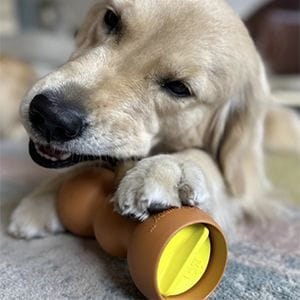
Sign Up to Our Newsletter!
Appeared In






